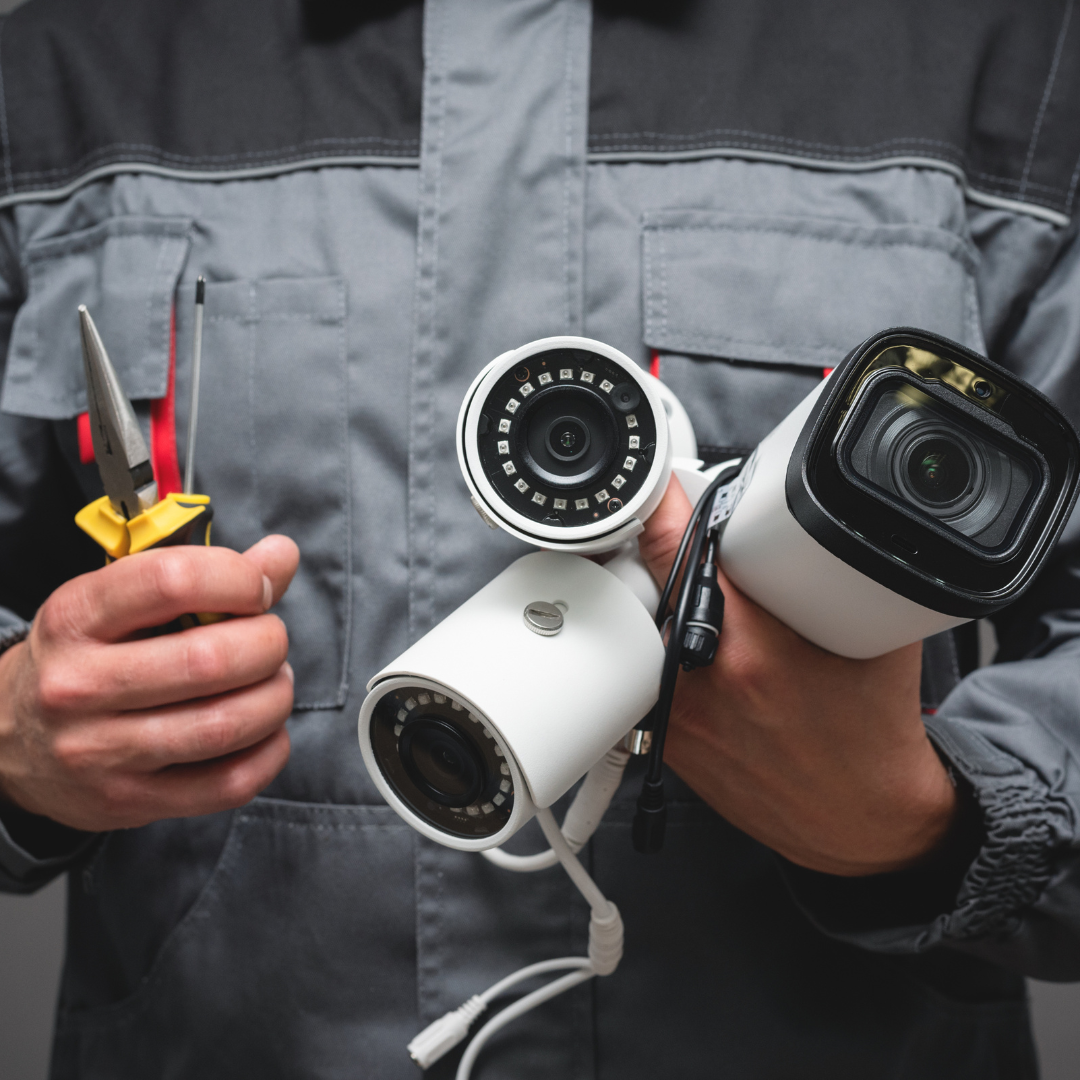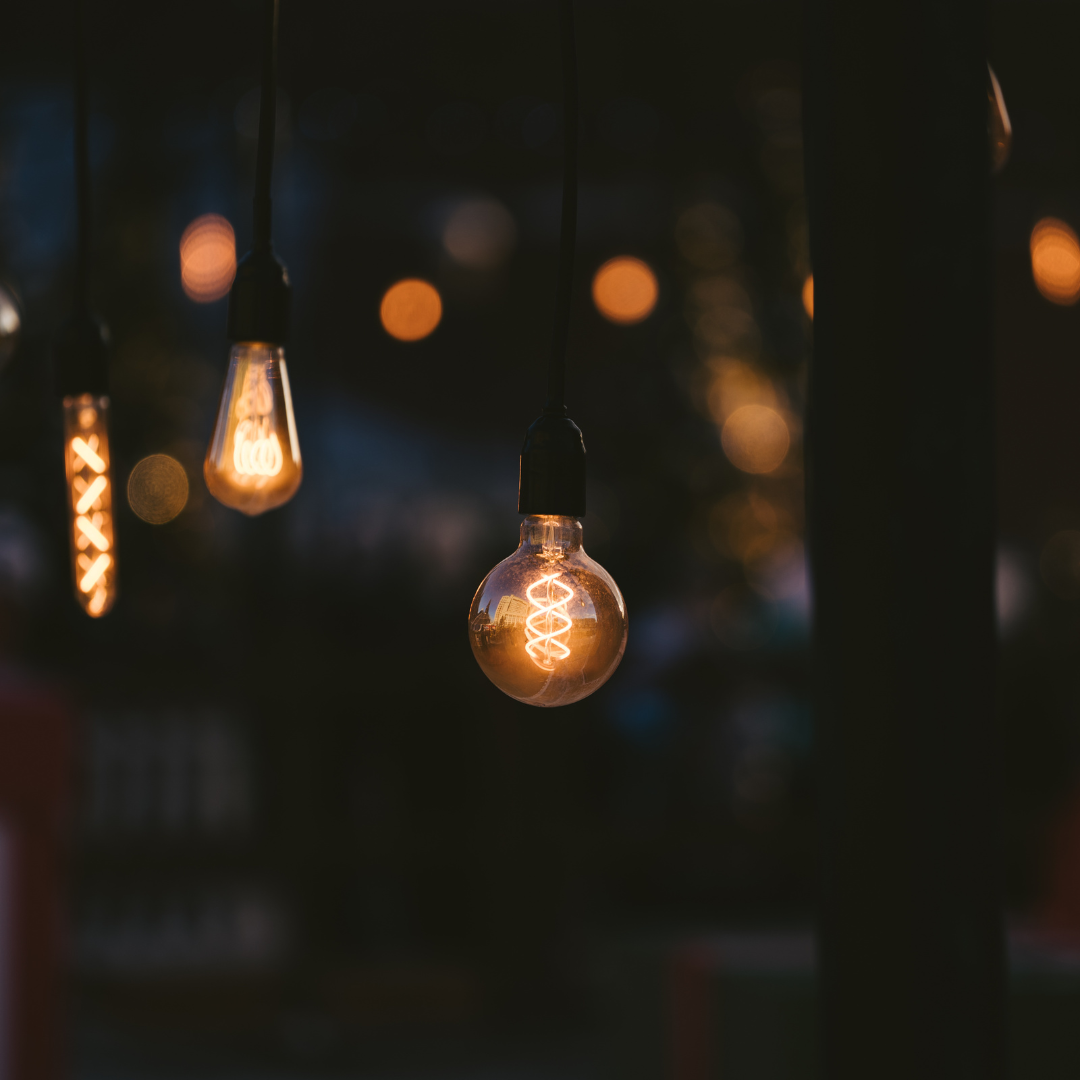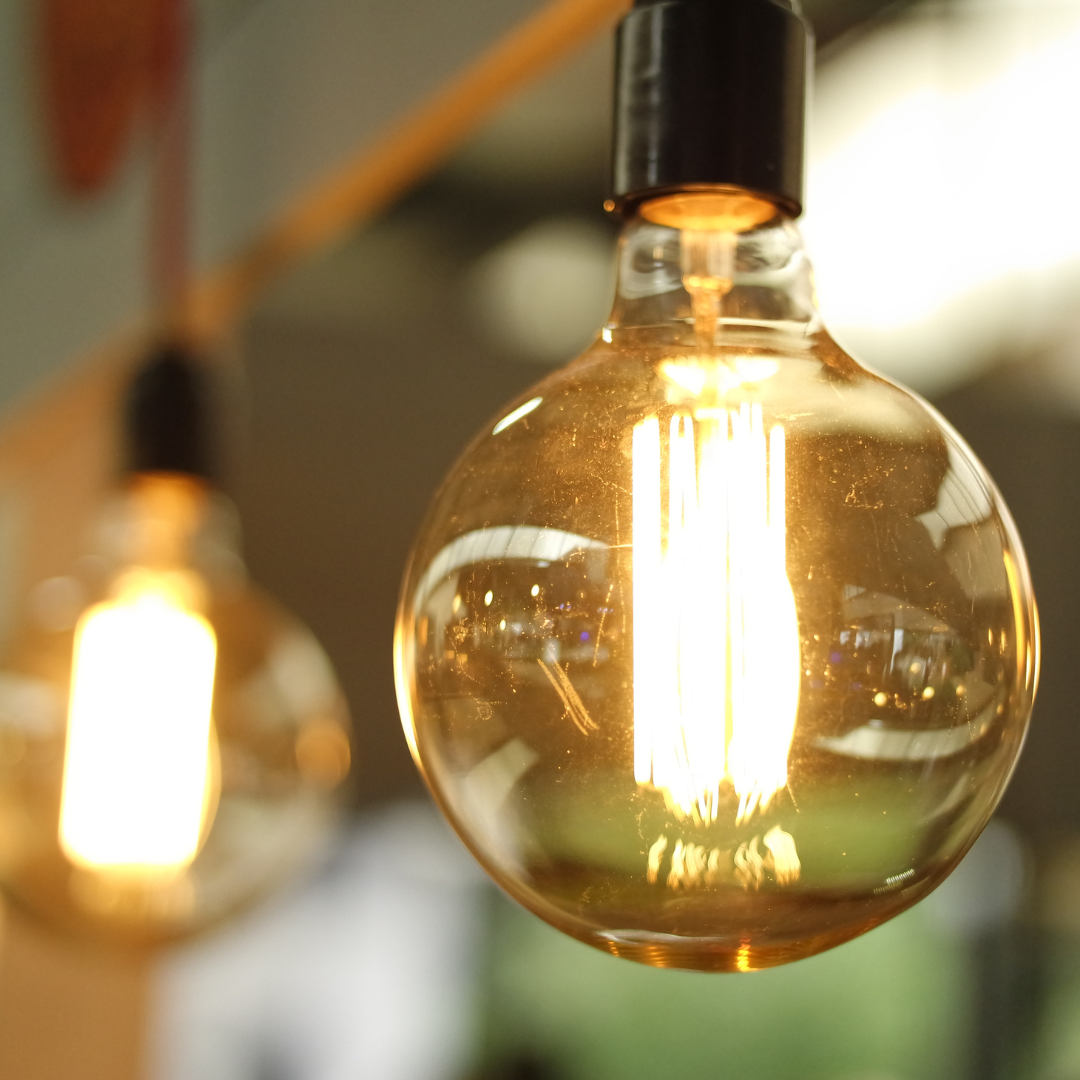Light is important to the exterior of your house as much as it is to the interior. Therefore, it is important to consider and plan for this type of lighting, rather than attending to it as an afterthought.
Here are a few tips to remember when setting up the light for your house exterior.
Start with task lighting

There are important duties for the right kind of lighting for your house exterior. You should consider the need to illuminate entrances, pathways, and outdoor fixtures like a yard, a gazebo, or a swimming pool.
The paths that cross your property are a dominant feature of the front of your house that you will want to illuminate. You can inject some visual appeal by strategically positioning path lights to make them more attractive to look at.
Designers recommend placing path lights evenly on both sides of the path. Traditional path lights with domes are quite effective at directing light downward where it is most needed. You don’t want to be blinded when looking down at your feet, do you?
Therefore, choose soft lights that cover large spaces to avoid lighting isolated spots which are not as practical.
These lights will also help you prevent needless injuries since they will reduce the danger of tripping or getting hurt after knocking something in your way.
Thus, consider lighting places that are prone to traffic in the evenings and at night, such as driveways, walkways, decks, pools, and outdoor seating.
Remember to install wet-rated light fixtures and cables, especially for those that are open to the elements.
Install outdoor security lights

Having bright lights outside your house is a huge deterrent that discourages would-be burglars. Consider using LED light bulbs which are bright and energy efficient.
You can use motion-sensing outdoor lights to ensure that you do not need to manually turn them off and on every time they are needed. Motion-sensing lights are further recommended because they minimize the possibility of the light bothering you or your neighbors unless there is some activity outside your house.
Location is important when it comes to security lighting. Thus, remember to light up the garage, the driveway, the front and the back of the house.
Consider scale

For your lighting to be effective and visually appealing, it is important to consider the size of the space outside your house. Size helps to determine the scale and number of lighting fixtures, in addition to the wattage of the bulbs you can use.
In larger spaces, you will need bright lights mounted high on your walls so that the area is well-lit. Smaller spaces can have lower-mounted lights that are not too bright, as you want to avoid isolated spots of bright light.
Remember that overdoing your lighting setup is unlikely to make your home appear unique. Experts advise that less is more and that you can focus on accentuating the parts of your house that you feel have the biggest visual appeal.
Rules of effective lighting

Lighting designers and experts recommend abiding by various essential rules when creating a lighting setup for the exterior of a house. These design considerations are depth, focal points, and cohesion.
The concept of depth refers to thinking of the outside of the home as a three-dimensional environment. Thus, you ought to place lighting fixtures in positions that capitalize on the available space. To meet this consideration, you can install lights with high, medium, and low wattage with different spreads.
Cohesion refers to an overall impression created by light. To make sure your outdoor lighting is cohesive, experts recommend illuminating borders, intermediate areas, and the background. Such a setup would help you avoid large unlit spaces around the house which causes your visual field to overlook the space.
Focal points are extremely important for outdoor lighting solutions. Decide what points and features of your home you want to draw attention to. These may be functional parts of the house like pillars or unique features like a water fountain or seating areas outside the house.
Outdoor lighting techniques
Designers recommend using tactics like moonlighting and up-lighting to highlight tall landscape features. Up-lighting refers to installing directional lights facing upwards under architectural elements and trees.

Source -
On the other hand, moonlighting resembles the effect of the moon shining down onto a property’s features. This can be achieved by creating dappled shadows on your lawn and walkways by placing lights that shine downwards in a tree.
Moonlighting gives off a good silhouette and soft illumination that can be cast over large parts of your property. To minimize dark patches, designers recommend mounting lighting fixtures at least 25 feet high, and preferably installed on a tree that has a vast canopy.
You can achieve similar effects using silhouetting and shadowing, both of which depend on up-lighting. Silhouetting refers to casting an even light from the bottom of an exterior wall from a wide angle. A plain and untextured wall often yields the best results for this method.
Shadowing is similar to silhouetting, the main difference being an object placed directly between the up-lighting fixture and the adjacent wall. This allows you to create interesting patterns across a wall surface by illuminating the object whose patterns you want to use.
This is a creative way of illuminating objects like shrubbery that are low to the ground. The resultant shadows are extremely effective at breaking the monotony of a wall’s appearance.

Source -
Conclusion
Remember that lighting can serve many purposes, such as illuminating your driveway, highlighting the beauty of features like trees, and casting down light onto dark areas for security purposes.
Illumination is the main reason for outdoor lights. If you intend on having family and friends over for a small event or a BBQ on your lawn, you will find that the right lighting is indispensable.
Having lights outside your house will allow you to enjoy the outdoors past dark, feel safe from intrusion, and decorate your surroundings as part of landscaping.
Adequately lighting your home is part of adding some property value. Thus, any investment in feature lighting that accentuates the landscape will yield a significant return by raising the value of your property. If you are ever in the position to sell your property, you will reap the benefits of the added value.






Leave a comment
This site is protected by hCaptcha and the hCaptcha Privacy Policy and Terms of Service apply.